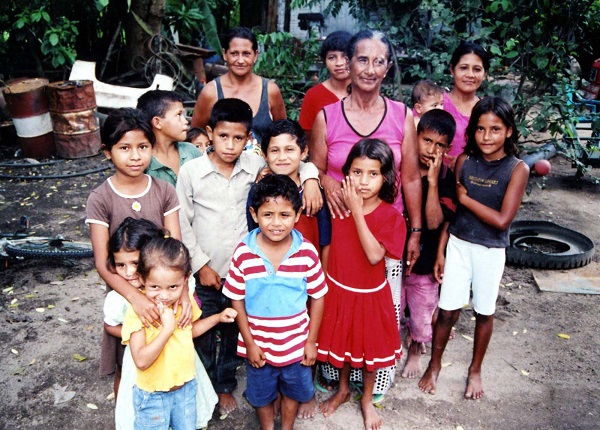By Dr. Ricardo Romo
In the last decade more immigrants arrived at the U.S. borders from Mexico and Central America than from any other region of the world. The arrival of immigrants on our southern border has been the subject of numerous print and television stories, and the migration story has been highly politicized.
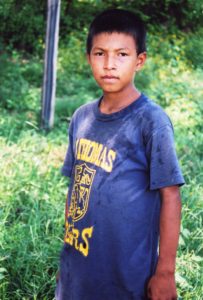 Misconceptions about refugees are many as President Trump and others incorrectly blame immigrants living in our communities with crime and violence. But do we know who these immigrants are and why they come? This is a story about immigrants from Central America.
Misconceptions about refugees are many as President Trump and others incorrectly blame immigrants living in our communities with crime and violence. But do we know who these immigrants are and why they come? This is a story about immigrants from Central America.
Migration is governed by push and pull forces. My visits to the Central American countries of Guatemala, Belize, and Honduras convinced me that in those countries the push factors related to poverty, drug trade, political repression, police corruption, prolonged droughts, and sexual violence are more important than the pull forces of good jobs and the American dream.
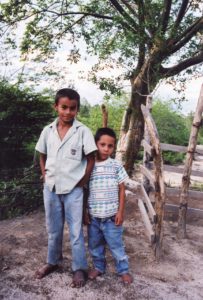 Some years ago I had the opportunity to travel to Honduras and Guatemala as part of a team of engineers with expertise in drilling water wells. The team, led by Dr. Weldon Hammond of UTSA, received support from the Episcopal Diocese of West Texas and the San Antonio Rotary. In addition, Living Water International in Houston assisted our project by providing drilling equipment and training.
Some years ago I had the opportunity to travel to Honduras and Guatemala as part of a team of engineers with expertise in drilling water wells. The team, led by Dr. Weldon Hammond of UTSA, received support from the Episcopal Diocese of West Texas and the San Antonio Rotary. In addition, Living Water International in Houston assisted our project by providing drilling equipment and training.
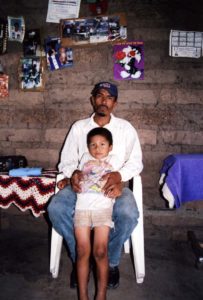 Dr. Hammond learned from Doctors Without Borders that e-coli bacteria in water contributed to a startlingly high number of deaths among infants. Indeed, doctors discovered that one community in Paraiso District of Honduras recorded infant mortality rates that were among the highest in the world. Health problems persisted because the community drank whatever water was available, and sometimes that water was contaminated. There were no jobs in their isolated communities, and many residents could not afford to buy fresh water from the trucks that came to their neighborhood once a week.
Dr. Hammond learned from Doctors Without Borders that e-coli bacteria in water contributed to a startlingly high number of deaths among infants. Indeed, doctors discovered that one community in Paraiso District of Honduras recorded infant mortality rates that were among the highest in the world. Health problems persisted because the community drank whatever water was available, and sometimes that water was contaminated. There were no jobs in their isolated communities, and many residents could not afford to buy fresh water from the trucks that came to their neighborhood once a week.
The Paraiso District of Hondurans is in the southmost region of the nation where hundreds of small communities dot the mountainous region. Most of these communities are isolated and poverty stricken. Only a few have access to fresh water, and none have electricity or gas lines.
 The drive up the dirt road leading to these small mountainous communities is hazardous and impossible to reach without four-wheel vehicles. The community had no automobiles, radios, or televisions and the residents were almost completely cut off from the rest of the world.
The drive up the dirt road leading to these small mountainous communities is hazardous and impossible to reach without four-wheel vehicles. The community had no automobiles, radios, or televisions and the residents were almost completely cut off from the rest of the world.
I had travelled in 30 states of Mexico, and I was familiar with poverty. In Honduras, I witnessed urban and rural poverty, but the rural poverty of isolated villages was the most profound that I had ever seen.
In the communities we visited, families lived on what they could grow and harvest, a farming pattern known as subsistence farming. With climate change, they are experiencing longer dry seasons which hamper crop production.
Ten years ago these villagers were not leaving their homes, even in difficult times. But in the last ten years, much has changed with the region’s climate. A recent drought which continued for more than five years devastated most farming communities. In rural Honduras, there is a scarcity of food and malnutrition has become a serious health concern.
The villagers cooked their meals with wood gathered in the forest at the bottom of the mountain. Wherever we drove in the countryside, we saw men and boys walking up and down the mountain with wood bundles on their backs. Wood made possible the cooking of the few meals they managed to prepare. Today, there is less wood and also less crops to harvest.
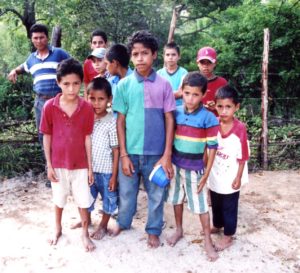 While we were surprised by the prevalence of poverty, rural poverty is especially hard on Honduran families. A recent NBC news team found that almost two-thirds of the Honduran population lives in poverty, making this Central American nation one of the poorest in the Western Hemisphere. The Honduran government offers little or no assistance to these isolated rural communities.
While we were surprised by the prevalence of poverty, rural poverty is especially hard on Honduran families. A recent NBC news team found that almost two-thirds of the Honduran population lives in poverty, making this Central American nation one of the poorest in the Western Hemisphere. The Honduran government offers little or no assistance to these isolated rural communities.
In a thoughtful article in the online magazine Vox, investigative reporter Jen Kirby suggested that the best way for the US to assist countries like Honduras “is to support the civil society organizations and local groups on the ground that are already working to improve their societies.” Assistance from wealthy nations is essential. A solution to Hondurian poverty is continued United States foreign aid.
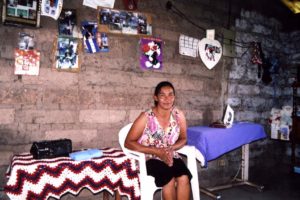 The $1.1 billion dollars of U.S. foreign aid allocated to Honduras in 2017 is directed principally to the development of manufacturing and infrastructure construction and fails to address the prolonged droughts brought about by climate change. Poverty persists in Honduras despite the aid because corruption has not been rooted out. People are pushed out of their country by hunger and by an absence of security and political reform.
The $1.1 billion dollars of U.S. foreign aid allocated to Honduras in 2017 is directed principally to the development of manufacturing and infrastructure construction and fails to address the prolonged droughts brought about by climate change. Poverty persists in Honduras despite the aid because corruption has not been rooted out. People are pushed out of their country by hunger and by an absence of security and political reform.
It is not just the United States’ government than can assist the poorest of communities, but also organizations such as those from San Antonio, Texas that helped bring fresh water to the Paraiso community. I witnessed the drilling of clean water wells and the enormous joy that fresh water brought to the community. I also witnessed the training of local residents to maintain the well operations.
Writing about “How the U.S. Created the Central American Immigration Crisis,” Common Dreams writer Rebecca Gordon concluded that “even if there were no corrupt regimes, no government repression, and no drug wars, people would still be fleeing Central America because climate change has made their way of life impossible.”
Americans can and should do something to reduce U.S. dependence on fossil fuels which helped accelerate climate change and the warming of the earth. The crops of Central America are ruined by America’s energy consumption habits. U.S. aid could emphasize internal changes in our own country, i.e. reduce drug use and dependence on fossil fuels, at the same time that our country provides expertise that can help rural communities develop clean water sources, food production, health care, and ethical and fair institutions.

